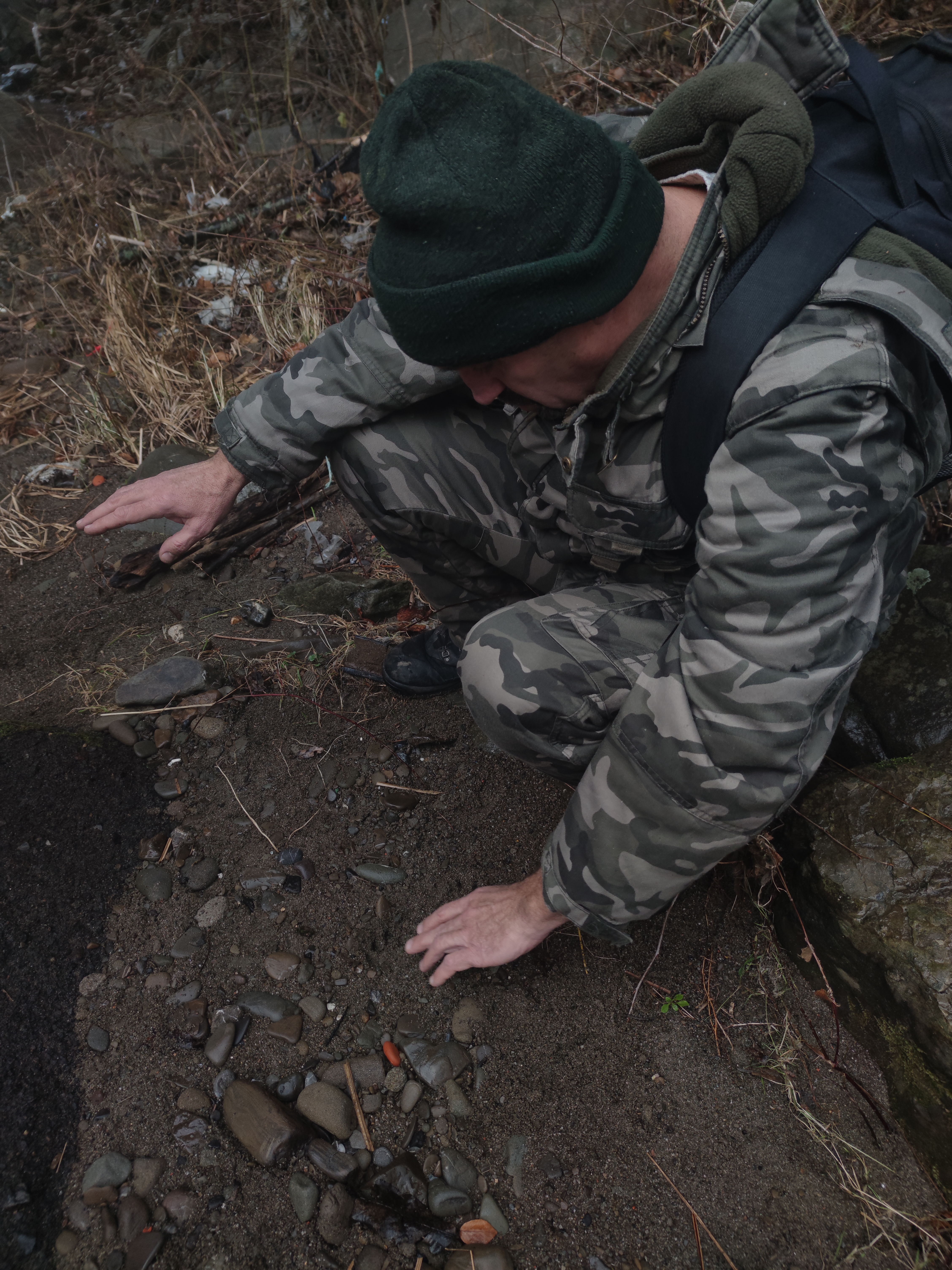SaveGREEN - Ukraine: Time to Cross the Green Bridge
29-06-2022
Wildlife crossings have started to become, in recent years, ever more present. Poland, Slovakia, Hungary, and Romania, to name a few, today all have dozens of distinct wildlife crossings. Unfortunately, the same cannot yet be stated regarding Ukraine. While there exist a few river crossings and crossings for reptiles and amphibians, classical wildlife crossings, such as green bridges, are yet to be engineered and built across the roads.
While discussions to address this lack have been going on for several years, it was not until 2017 when the first steps were made thanks to the work of the TRANSGREEN project, funded by Interreg Danube and the progenitor of the latter ConnectGREEN and current SaveGREEN projects. Since then, a group of international researchers began studying the challenges and needs of wildlife crossings in the Carpathian region, including the case of Ukraine.
As a result, the collected data has since then been systematized. In 2019, a practical guide on the impact of transport infrastructure on biodiversity for the Carpathian countries was published. Within it, you can find detailed information on how highways change the face of the Carpathians and why it is important to build wildlife crossings.
TRANSGREEN started monitoring the state of the biome (i.e., a stable set of animals and plants) in Zakarpattia. Needless to say, to build wildlife crossings, one first needs to spend years of research and identify the presence of permanent migration routes of wild animals. Thus, Ukrainian researchers of rare species, alongside WWF-Ukraine and other leading experts transitioned the initial research to SaveGREEN, a project with gathers over ten countries with the goal to protect the functional capabilities of important transport ecological corridors of the Danube River area. Unlike its predecessor, SaveGREEN goes beyond the Carpathian to further cover the reality in the Alps and the Balkan Peninsula.
According to SaveGREEN expert Taras Yamelynets, expert for WWF-CEE, “we are currently in the preparatory phase of researching wildlife migration corridors. When the time comes for Ukraine to start building highways, there will be a need to consider migration corridors and build eco-crossings. We are preparing the legal framework together with the State Enterprise ‘State Road Research Institute named after M.P. Shulgin’ and the National Transport University. We are helping with the development of state standards for bio-crossings. These standards will provide all possible nuances related to eco-crossings. Our experts are helping to correctly prescribe them by addressing ecologic and zoologic considerations. Currently, these standards are at the stage of comments and the first edition and are based on European principles. We hope that the new rules will be officially approved.”
The standards being worked upon are setting the foundations for future transport infrastructure. Following them in the future will imply that any organization working in this sector on the development of higher-level roads (i.e., the first category) will have to take into account the need to build crossings for animals.
Crossing a Ukrainian Rubicon
From the roe deer to boars, from foxes to badgers, and even from bears to lynx, Andriy-Taras Bashta has made of their sighting and recording a recent constant in Zakarpattia. He is responsible for monitoring migration flows and, specifically within SaveGREEN, his main task is to check the monitoring sites in Zakarpattia several times a month — in particular, on the Kyiv-Chop highway — to find out the presence and migration capacity under the bridges in the Latorytsia river valley, which serve as eco-crossings for many animals.


Zoologist Andriy-Taras Bashta and Taras Yamelynets studying animals at Zakarpattia pilot area (Ukraine) © Suzanna Tymochko
Mr Bashta’s and SaveGREEN’s constant work has ended up bringing positive results for the development of new transport infrastructure considering wildlife crossings. In 2018, the Government of Ukraine approved a new transport strategy, which considered the views of researchers from WWF-Ukraine on the ‘greening’ of transport infrastructure. When planning the large-scale construction of the northern bypass around Lviv, Ukrainian experts of the SaveGREEN project were involved and their recommendations included. According to Mr Bashta, “we monitored and found that a number of animals use the Mlynivka River Valley for forage purposes. This road will run there and will pose certain threats. Thus, two overpasses are designed, their length to be of at least 400 meters, so the animals will cross them quietly. Of course, there will be a net fence along the road to prevent animals from entering the road and, therefore, directing them under these overpasses.”
Be a part of the SaveGREEN mission!
Follow our social media channels on Facebook and Twitter #SaveGREEN to stay updated and gain exciting green infrastructure insights!
Author:
Suzanna Tymochko
Contributed by:
Viktória Selmeczy, Thor Morante, CEEweb
